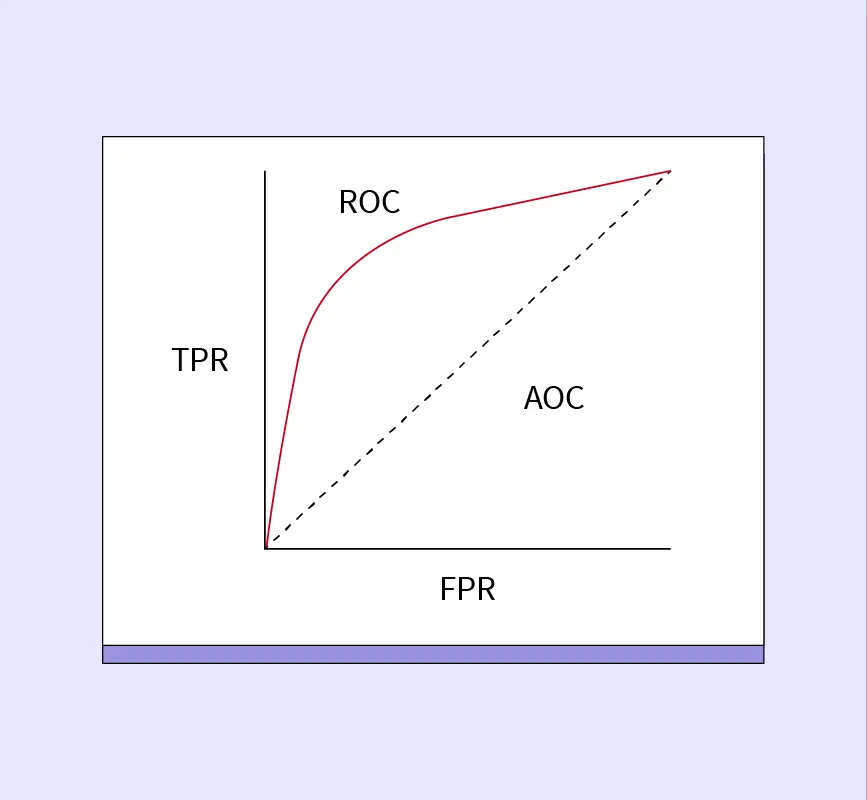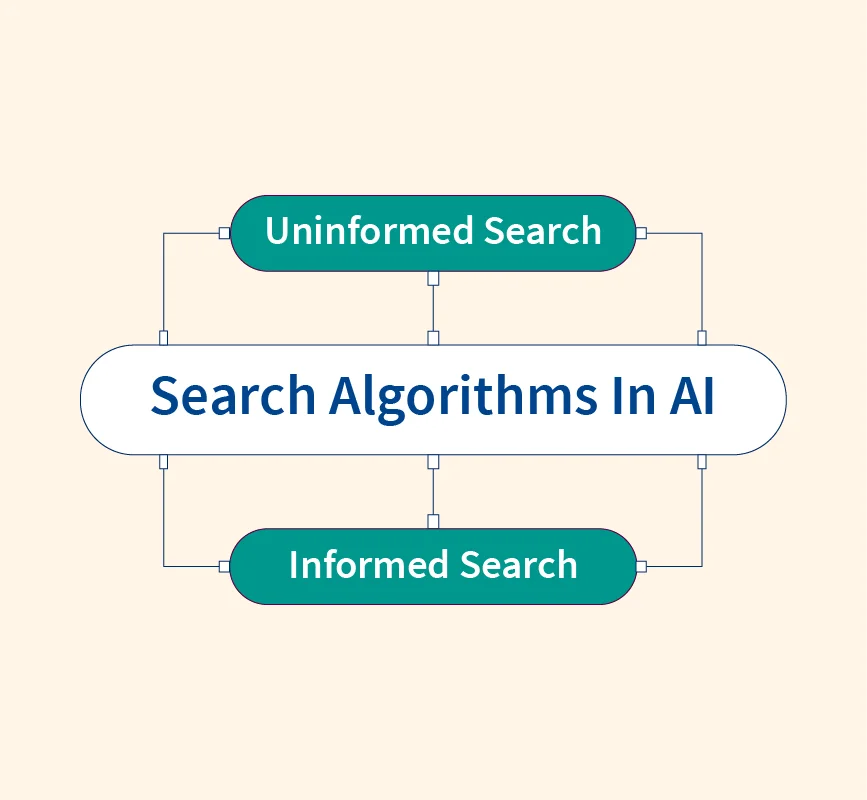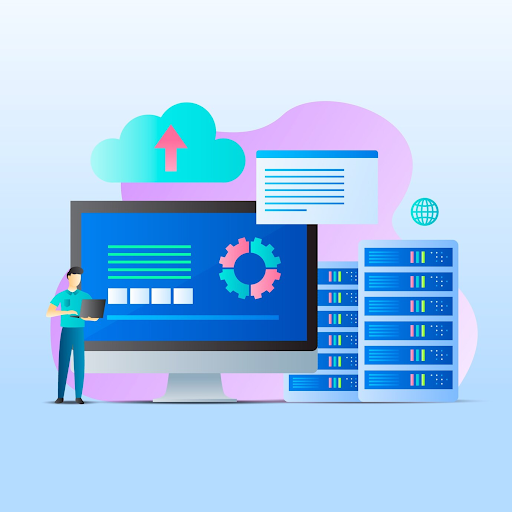Robotics and Artificial Intelligence (AI) are two fascinating fields often mentioned together, but they are not the same. While both play crucial roles in modern technology, they have distinct functions and applications. Understanding their differences is essential for anyone interested in technology, as each has its own scope and importance.
Robotics involves the design, creation, and use of robots—machines that can carry out tasks autonomously or semi-autonomously. Examples include industrial robots used in manufacturing, medical robots for surgeries, and even household robots like vacuum cleaners. On the other hand, AI is a branch of computer science focused on creating systems that can perform tasks typically requiring human intelligence. These tasks might include understanding language, recognizing images, or making decisions. Applications of AI extend beyond robotics, such as in virtual assistants, recommendation systems, and autonomous software for data analysis.
By distinguishing between these two fields, we gain a better understanding of their unique contributions to technology and how they sometimes work together.
What are Robotics and Artificial Intelligence?
To understand the difference between robotics and artificial intelligence (AI), it’s important to define each concept clearly.
What is Robotics?
Robotics is a branch of engineering and technology that focuses on designing, building, and operating robots. Robots are machines programmed to perform specific tasks autonomously or under human control. These tasks can vary widely, from simple, repetitive functions like welding parts on an assembly line to complex actions such as exploring space or assisting in surgeries.
Robots are typically equipped with sensors, actuators, and control systems to interact with their environment. For example:
- Industrial Robots: These robots are used in manufacturing to perform repetitive tasks like assembling products, welding, and painting with high precision.
- Medical Robots: These robots assist in surgeries, improving accuracy and allowing for minimally invasive procedures.
- Domestic Robots: Examples include robotic vacuum cleaners and lawn mowers designed to perform household chores.
What is Artificial Intelligence (AI)?
Artificial Intelligence (AI) is a branch of computer science that aims to create machines capable of performing tasks that would usually require human intelligence. AI involves programming systems to learn from data, recognize patterns, solve problems, and make decisions. It encompasses various techniques, such as machine learning, neural networks, and natural language processing.
AI can exist independently of robotics. For instance:
- Virtual Assistants: Tools like Siri or Alexa use AI to understand and respond to voice commands.
- Recommendation Systems: Platforms like Netflix and Amazon use AI algorithms to recommend content based on user preferences.
- Autonomous Software: AI is also behind applications like fraud detection in banking and predictive analytics in business.
By defining robotics and AI separately, we can see that while they are related, they operate in different domains—one is about building machines, and the other is about creating intelligent systems.
Difference Between Robotics and Artificial Intelligence
Although robotics and artificial intelligence (AI) are interconnected, they are distinct fields with different purposes and applications. Here’s how they differ:
1. Core Focus
- Robotics: Robotics is primarily focused on the creation and control of physical machines. It deals with the design, development, and operation of robots, which are tangible devices. These machines can perform tasks autonomously or be controlled by humans, but their primary purpose is to interact with the physical environment.
- Artificial Intelligence (AI): AI, on the other hand, is centered on developing software and algorithms that can simulate human intelligence. It involves programming computers to think, learn, and make decisions. AI operates as software, and its primary purpose is to process information, recognize patterns, and make intelligent decisions based on data.
2. Nature of Function
- Robotics: Robotics involves physical movement and interaction with the world. Robots typically require mechanical components (motors, sensors) to perform actions like lifting objects, moving, or manipulating tools.
- AI: AI is more about cognitive functions. It powers intelligent decision-making processes without necessarily needing a physical body. AI applications can be found in systems like speech recognition, image processing, and virtual assistants—none of which require physical movement.
3. Independence of Function
- Robotics Without AI: Robots can function without AI. For example, an industrial robot programmed to weld parts on an assembly line follows a pre-set path and routine. It doesn’t need AI to perform its tasks.
- AI Without Robotics: AI does not always need robotics. AI applications like chatbots, recommendation engines, and financial market analysis operate without any physical components. They exist purely as software systems running on computers or cloud platforms.
4. Combination of Robotics and AI
- While robotics and AI can exist separately, they can also complement each other. When integrated, AI can enhance a robot’s capabilities, making it more intelligent and adaptive. For example, AI can enable robots to navigate unfamiliar environments, recognize objects, or even respond to human commands.
By understanding these differences, we can see that while robotics focuses on building machines for physical tasks, AI deals with developing intelligence for decision-making and learning, often in software form. Some robots use AI, but not all robots need it, and many AI systems function without robots.
Relationship Between Artificial Intelligence and Robotics
While robotics and artificial intelligence (AI) are distinct fields, they often work together to create advanced systems capable of performing complex tasks. This integration allows robots to go beyond simple, pre-programmed actions and adapt to dynamic environments. Here’s how AI and robotics interact and enhance each other:
1. AI Enhances Robotic Capabilities
AI can significantly expand what robots can do by giving them the ability to:
- Perceive Their Environment: AI allows robots to use sensors like cameras and microphones to understand their surroundings. For example, robots equipped with computer vision (a type of AI) can identify and categorize objects, helping them navigate or perform specific tasks.
- Make Decisions: AI enables robots to make decisions based on data and real-time inputs. For instance, autonomous robots like self-driving cars use AI algorithms to decide when to turn, accelerate, or stop by analyzing road conditions and traffic patterns.
- Learn and Adapt: Through machine learning, robots can improve their performance over time. AI algorithms allow robots to learn from past experiences, adapt to new situations, and enhance their efficiency without human intervention.
2. Robotics Provides a Physical Form for AI
- AI systems, when integrated into robots, gain a physical presence that allows them to interact with the real world. While AI alone might exist as software on a computer, combining it with robotics gives AI a “body” to manipulate objects, move, and perform tasks.
- For instance, AI algorithms powering humanoid robots allow them to walk, pick up objects, and respond to human interactions, giving AI the means to affect the physical world.
3. Examples of AI in Robotics
- Industrial Robots: AI helps robots optimize manufacturing processes, enabling them to detect defects, manage inventory, and even collaborate with human workers safely.
- Autonomous Vehicles: Self-driving cars use AI to navigate and make decisions in real-time, showcasing the fusion of robotics (the vehicle) and AI (the decision-making system).
- Personal Assistants: Robots like AI-powered home assistants can perform tasks such as cleaning or fetching objects while responding to voice commands and recognizing faces.
What is the role of artificial intelligence in robots?
Artificial Intelligence (AI) plays a crucial role in enhancing the capabilities of robots. It allows them to operate autonomously, adapt to new situations, and interact with humans and their surroundings more effectively. Here’s how AI contributes to robotics across various areas:
1. Machine Learning
- Description: Machine learning (ML) is a subset of AI that enables robots to learn from data and improve over time. Robots equipped with ML can recognize patterns, make predictions, and adjust their actions based on past experiences.
- Example: In manufacturing, AI-powered robots use ML to detect defects in products and adjust their operations to minimize errors.
2. Computer Vision
- Description: Computer vision is another AI technology that allows robots to “see” and interpret their environment using cameras and sensors. It enables them to recognize objects, detect obstacles, and understand spatial relationships.
- Example: Autonomous drones use computer vision to navigate complex terrains, avoid collisions, and capture images or videos for various applications like agriculture and surveillance.
3. Natural Language Processing (NLP)
- Description: NLP is a branch of AI that allows robots to understand and respond to human language. It helps robots interpret voice commands and engage in basic conversations.
- Example: Personal assistant robots, such as smart home devices, use NLP to interact with users, follow spoken instructions, and provide information or assistance.
4. Decision-Making and Autonomous Navigation
- Description: AI algorithms enable robots to make real-time decisions based on sensor inputs and environmental data. These algorithms help robots navigate, plan paths, and respond to unexpected changes or obstacles.
- Example: Self-driving cars utilize AI to interpret traffic signals, recognize pedestrians, and make decisions about speed and direction, ensuring safe and efficient driving.
Conclusion
Robotics and Artificial Intelligence (AI) are two distinct but interconnected fields. While robotics focuses on building physical machines that perform tasks, AI deals with creating intelligent systems capable of learning, decision-making, and problem-solving. When combined, AI enhances robotics by giving robots the ability to perceive, adapt, and interact with their environment. Understanding their differences and how they complement each other is essential, as both technologies continue to evolve and play vital roles in shaping the future of automation, industry, and daily life.


